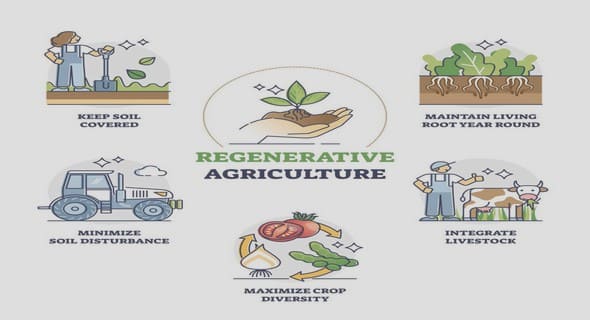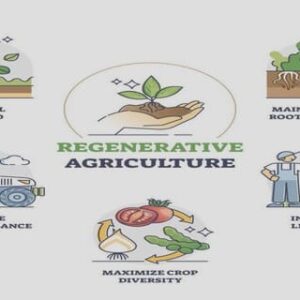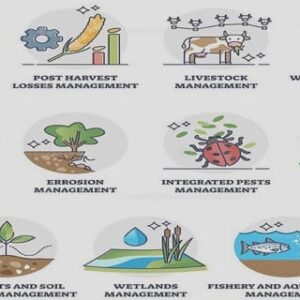(Downloads - 0)
For more info about our services contact : help@bestpfe.com
Table of contents
Introduction générale
1.1 Contexte : l’importance des émissions de GES liées à la fertilisation
1.1.1. La fertilisation : une pratique fondamentale pour la sécurité alimentaire mondiale associée à des impacts environnementaux conséquents
1.1.2. Une source importante d’émissions en Europe et en France
1.1.3. Des réductions d’émissions à poursuivre pour atteindre les objectifs d’attenuation en matière de changement climatique
1.2. Des instruments réglementaires à l’idée de l’inclusion d’un prix sur les émissions de GES .
1.3. Revue de la littérature sur l’estimation des coûts d’abattement en agriculture.
1.3.1. Les différentes approaches pour estimer le coût d’atténuation
1.3.2. Le traitement de la fertilisation dans les différentes approches
1.4. Apports de la thèse
1.5. References
1.6 Appendix
Chapter 1
2.1. Introduction
2.2. Context
2.3. Cost-effectiveness analysis in the literature
2.4. Method
2.4.1. Defining emissions and gross margin
2.4.2. Baseline
2.4.3. Introduction of legumes onto croplands
2.5. Results
2.5.1. Abatement potentials and cost
2.5.2. Heterogeneity of abatement cost between French geographical areas
2.5.3. Sensitivity analysis
2.6. Discussion
2.7. Conclusion
2.8. References
2.9. Appendix
2.9.1. Area, emissions and gross margin for the main crops in France at the national level in the baseline situation
2.9.2. Impact on legume introduction on other cereals area (for a carbon price of 80 euros/tCO2eq with a limit of 50%)
Chapter 2
3.1. Introduction
3.2. Method
3.2.1. Data description
3.2.2. Legume preceding crop effect
3.2.3. Rotation Data
3.2.4. Baseline rotations
3.2.5. Building Abatement Cost Curve
3.2.6. Aggregating the 5 regions results following abatement cost efficiency ranking
3.2.7. Economically efficient abatement
3.3. Results
3.4. Discussion
3.5. Conclusion
3.6. References
3.7. Appendix
3.7.1. Site class descriptions
3.7.2. GM and GHG calculations
3.7.3. Pre-crop effect
3.7.4. Rotation Selection according to the mitigation cost efficiency (in the B N-Decrease Scenario)
3.7.5. Aggregated crop areas in the 5 NUTS 2 regions in “Yield” scenarios
3.7.6. GM and GHG emissions for each rotation in each site class (“Fertilisation” scenario).
3.7.7. Abbreviation of crops
3.7.8. Comparison of the results with results on legumes from European MACC studies
3.7.9. Crop-frequency in the rotations (for crop abbreviations see Appendix 3.7.7)
Chapter 3
4.1. Introduction
4.2. Literature review on risk and fertilisation
4.3. Modelling fertilisation application and risk
4.3.1. Economic decision model
4.3.2. Policy instruments
4.4. Empirical Application
4.4.1. Data
4.4.2. Estimation methodology and functional forms
4.4.3. Estimation methodology for risk aversion
4.5. Results
4.5.1. Regression
4.5.2. Aversion
4.5.3. Impact of a price on N2O emissions
4.5.4. Insurance
4.6. Discussion and conclusion
4.7. References
4.8. Appendix
4.8.1. CARA (Constant absolute risk aversion)
4.8.2. CRRA (Constant relative risk aversion)
4.8.3. Illustration of rish aversion impact on fertilizer spreading
4.8.4. Implicit function theorem
4.8.5. Illustration of the impact of insurance program on nitrogen amounts for one crop
4.8.6. Data base treatment
4.8.7. Accuracy of risk aversion scenario with observed emissions.
4.8.8. Impact of risk aversion on crops associated to convex variance functions
4.8.9. Insurance impact on emissions in the CRRA 4 scenario.
Conclusion Générale



